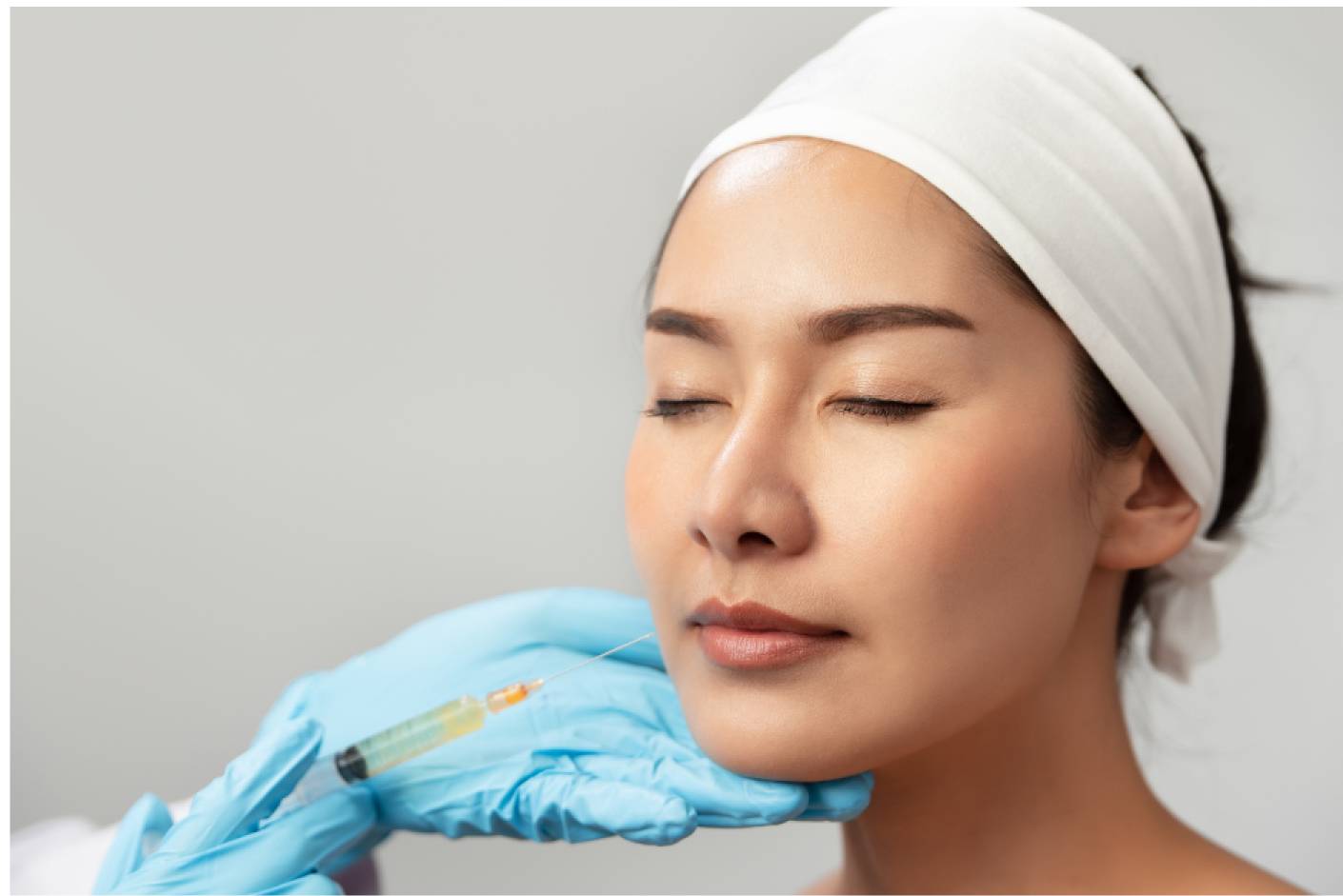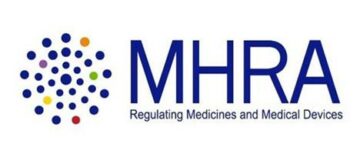The new article describes in detail the applicable classification approach and highlights the key considerations associated thereto.

Table of content
The Medical Device Coordination Group (MDCG), a voluntary association of national regulating authorities collaborating for further improvement of the medical device regulatory framework, has published a guidance document dedicated to the qualification and classification of products subject to regulation under Annex XVI of the Regulation (EU) 2017/745 – the Medical Device Regulation (MDR).
The document provides an overview of the applicable regulatory requirement, as well as additional clarifications and recommendations to be taken into consideration by medical device manufacturers and other parties involved to ensure compliance thereto.
MDCG also reserves the right to make changes to the guidance and recommendations provided therein, should such changes be reasonably necessary to reflect corresponding amendments to the underlying regulation.
General Principles
The document emphasizes that products lacking a medical purpose, yet falling under the MDR, are classified by Annex VIII of the MDR.
This includes consideration of the Commission Implementing Regulation (EU) 2022/2347, particularly for active products that may not have a direct medical application but require regulatory oversight due to their nature and potential risks.
In cases where devices serve both medical and non-medical functions, the document guides that the classification should adhere to the stricter rule applicable.
This approach ensures that the safety and efficacy aspects are not compromised.
In this respect, the document also refers to MDCG 2021-24 for further guidance. This additional document provides more detailed information and practical examples specifically for Annex XVI products, enhancing the understanding of the classification process and criteria.

Group 1: Contact Lenses
This group covers all types of contact lenses, explicitly excluding those that incorporate active devices such as antennas or microchips, which fall under a different classification due to their complex nature.
Detailed Classification Criteria:
- Class IIa: This class includes non-corrective contact lenses intended for short-term use. It encompasses lenses with various aesthetic features, such as coloured lenses and those with prints or patterns.
- Class IIb: Non-corrective contact lenses designed for long-term use are classified under Class IIb. This also includes lenses with aesthetic modifications, highlighting the increased risk and regulatory requirements associated with prolonged use.
Group 2: Surgically Invasive Products for Anatomy Modification
According to the guidance, this category focuses on products meant for surgically modifying the anatomy.
It specifically excludes tattooing and piercing products, as well as fixation devices, due to their distinct nature and usage.
Classification Explained:
- Class IIb: This class includes devices intended for implantation or long-term surgical invasion, such as subdermal implants and gluteal implants, acknowledging the significant risk and invasiveness associated with such procedures.
- Class III: Higher-risk devices, such as those that are absorbed by the body, breast implants, and surgical meshes, are classified under Class III. This classification underscores the heightened safety and regulatory scrutiny required for these products.
Group 3: Dermal or Mucous Membrane Filling Substances
Products in this group are those used for filling or augmenting the facial or other dermal and mucous membrane areas. Tattooing products are again excluded, given their unique application and regulatory considerations.
Classification Details:
- Class IIb: Most implantable and long-term surgically invasive filling devices fall under this class, considering their invasive nature and potential impact on the body.
- Class III: Products that exhibit a biological effect or are absorbed by the body, like mesotherapy products, are classified as Class III, indicating the need for stringent regulatory control due to their higher risk profile.
Group 4: Adipose Tissue Reduction Equipment
This group covers equipment used for adipose tissue reduction, such as liposuction, lipolysis, or lipoplasty.
Active implantable devices are excluded from this category.
In-Depth Classification:
- Class I: Non-invasive devices used in procedures like external fat reduction are classified as Class I.
- Class IIa: Devices that are surgically invasive but intended for transient use, such as certain liposuction equipment, fall under Class IIa.
- Class IIb: Equipment intended for reducing, removing, or destroying adipose tissue, including suction pumps and cryolipolysis equipment, are classified under Class IIb, reflecting the increased risk and invasiveness of these procedures.
Group 5: High-Intensity Electromagnetic Radiation Emitting Equipment
This category includes equipment like lasers and intense pulsed light (IPL) devices used for skin treatments. Infrared optical radiation devices and sunbeds are not included.
Extensive Classification:
- Class IIa: Equipment exclusively used for hair removal, such as IPL, LED, and laser devices, falls under Class IIa.
- Class IIb: More versatile equipment used for a range of skin treatments, including hair removal, skin resurfacing, tattoo removal, and pigmentation treatments, are classified as Class IIb, acknowledging their broader application and associated risks.
Group 6: Brain Stimulation Equipment
This section pertains to equipment designed for brain stimulation using non-invasive means like electrical, magnetic, or electromagnetic fields, excluding more invasive devices.
Such equipment, especially when used for enhancing cognitive performance via transcranial electrical or magnetic stimulation, is classified under Class III.
This reflects the high level of risk and potential impact on the brain, necessitating strict regulatory oversight.
Conclusion
The document provides a detailed overview of the classification system for products without an intended medical purpose, as outlined in the MDCG 2023-5 document.
It outlines the specifics of each group, clarifying the scope, exclusions, and classification criteria, thereby offering a thorough understanding of the regulatory landscape for these devices.
How Can RegDesk Help?
RegDesk is a holistic Regulatory Information Management System that provides medical device and pharma companies with regulatory intelligence for over 120 markets worldwide. It can help you prepare and publish global applications, manage standards, run change assessments, and obtain real-time alerts on regulatory changes through a centralized platform. Our clients also have access to our network of over 4000 compliance experts worldwide to obtain verification on critical questions. Global expansion has never been this simple.
Want to know more about our solutions? Speak to a RegDesk Expert today!
–>
- SEO Powered Content & PR Distribution. Get Amplified Today.
- PlatoData.Network Vertical Generative Ai. Empower Yourself. Access Here.
- PlatoAiStream. Web3 Intelligence. Knowledge Amplified. Access Here.
- PlatoESG. Carbon, CleanTech, Energy, Environment, Solar, Waste Management. Access Here.
- PlatoHealth. Biotech and Clinical Trials Intelligence. Access Here.
- Source: https://www.regdesk.co/mdcg-guidance-on-qualification-and-classification-of-annex-xvi-products-classification-details/
- :has
- :is
- :not
- :where
- 1
- 120
- 2%
- 4
- 5
- 6
- a
- About
- access
- active
- Additional
- adhere
- aesthetic
- again
- Alerts
- All
- also
- amendments
- an
- anatomy
- and
- Annex
- applicable
- Application
- applications
- approach
- ARE
- areas
- article
- AS
- aspects
- Assessing
- assessments
- associated
- Association
- Authorities
- BE
- been
- body
- both
- Brain
- broader
- but
- by
- CAN
- cases
- Category
- centralized
- certain
- change
- Changes
- class
- classification
- classification system
- classified
- clients
- cognitive
- collaborating
- commission
- Companies
- complex
- compliance
- Compromised
- computational
- conclusion
- consideration
- considerations
- considering
- contact
- control
- coordination
- Corresponding
- covers
- Credibility
- criteria
- critical
- dedicated
- describes
- designed
- detail
- detailed
- details
- device
- Devices
- different
- direct
- distinct
- document
- due
- each
- EC
- effect
- efficacy
- emphasizes
- encompasses
- enhancing
- ensure
- ensures
- equipment
- especially
- EU
- Europa
- examples
- excluded
- excluding
- exclusively
- exhibit
- expansion
- expert
- experts
- explained
- explicitly
- external
- facial
- Fall
- Falling
- Falls
- Fat
- fda
- Features
- Fields
- filling
- focuses
- For
- Framework
- from
- functions
- further
- given
- Global
- global expansion
- Group
- guidance
- Guides
- Hair
- Have
- heightened
- help
- High
- higher
- highlighting
- highlights
- holistic
- HTTPS
- i
- iii
- Impact
- implementing
- improvement
- in
- included
- includes
- Including
- incorporate
- increased
- indicating
- information
- Intelligence
- intended
- intense
- into
- invasion
- invasive
- involved
- IT
- jpg
- Key
- Know
- lacking
- landscape
- laser
- lasers
- Led
- Legacy
- lenses
- Level
- light
- like
- long-term
- make
- manage
- management
- management system
- Manufacturers
- Markets
- max-width
- May..
- MDR
- means
- meant
- medical
- medical device
- Modifications
- more
- most
- National
- Nature
- necessary
- necessitating
- Need
- network
- never
- New
- obtain
- of
- offering
- on
- optical
- or
- Other
- our
- outlined
- outlines
- over
- Oversight
- overview
- particularly
- parties
- patterns
- performance
- Pharma
- platform
- plato
- Plato Data Intelligence
- PlatoData
- potential
- Practical
- Prepare
- prints
- procedures
- process
- Products
- Profile
- provided
- provides
- publish
- published
- pumps
- purpose
- qualification
- Questions
- Radiation
- range
- real-time
- recommendations
- reducing
- reduction
- refers
- reflect
- reflecting
- reflects
- regulating
- Regulation
- regulatory
- regulatory landscape
- removal
- removing
- require
- required
- requirement
- Requirements
- reserves
- respect
- right
- Risk
- risks
- Rule
- Run
- Safety
- scope
- scrutiny
- Section
- serve
- short-term
- should
- significant
- Simple
- Skin
- Solutions
- Source
- speak
- specifically
- specifics
- Sponsored
- standards
- strict
- stricter
- stringent
- subject
- such
- surgical
- system
- taken
- that
- The
- their
- thereby
- therein
- These
- this
- those
- Through
- timelines
- tissue
- to
- treatments
- types
- ugc
- under
- underlying
- underscores
- understanding
- unique
- Usage
- use
- used
- using
- various
- Verification
- versatile
- via
- voluntary
- want
- WELL
- when
- which
- with
- without
- worldwide
- yet
- you
- zephyrnet












